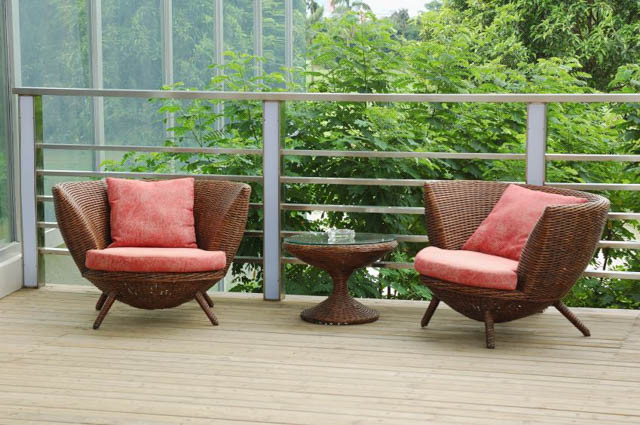City and Courtyard Gardens - Expert Tips for Gardening Success
City and courtyard gardens offer a green sanctuary amid the hustle and bustle of urban life. While they can be a bit more challenging due to their compact size and environmental factors like pollution and reduced sunlight, there are ways to ensure success. Here are expert tips:
- Maximize Space: Utilize every bit of your garden. Vertical gardening is your friend – use trellises, wall-mounted planters, or climbing plants. Also, consider layering plants with different heights to create depth and interest.
- Choose Plants Wisely: Choose pollution-tolerant, shade-loving plants if your garden doesn’t get much sunlight. Ferns, hostas, and certain varieties of climbing roses and ivy thrive in such conditions.
- Use Containers: They are versatile, movable, and perfect for small spaces. Experiment with container sizes, shapes, and materials. Consider growing a mix of plants in each container for a more vibrant look.
- Pay Attention to the Microclimate: Every garden has microclimates. Observe which areas get sunlight at different times of the day, and plant accordingly.
- Focus on Maintenance: Regularly water and fertilize your plants, especially those in containers as they can dry out quickly.
- Add Personal Touches: Make the space yours. Decorate with unique garden furniture, sculptures, or mirrors to reflect light and add character.
- Encourage Wildlife: Bird feeders, bee hotels, and butterfly-friendly plants can make your garden a haven for wildlife, increasing its biodiversity.

